All of you might be aware of the fighter aircraft named Supermarine Spitfire but you might not know about the Supermarine Seafire which was the adapted version of the aforementioned aircraft to be operated from naval aircraft carriers. The concept of the Supermarine Seafire was analogous to that of the Hawker Sea Hurricane while the name Seafire had been derived from another name the Sea Spitfire.

The concept of adapting the Supermarine Spitfire into a Supermarine Seafire was first presented back in 1938. The notion was opposed by many in the FAA (Fleet Air Arm) and even by Winston Churchill despite there being many aircraft fighters that were aged and demanded a replacement. The very first of the Supermarine Seafire model was first presented as Seafire Mk Ib back in 1941.

From the year 1942 and onwards, the Supermarine Seafire was ordered in succession and in November of 1942, the first fleet of the combat-ready Supermarine Seafire aircraft was ready for active wartime service. The very first mission undertaken by Supermarine Seafire was the Allied mission Operation Torch.

The Supermarine Seafire went on to be used by its operators even after the end of World War II. Notably, the aircraft was used during the Korean War was the FAA’s Supermarine Seafire aircraft performed nearly hundreds of missions against the Korean forces.
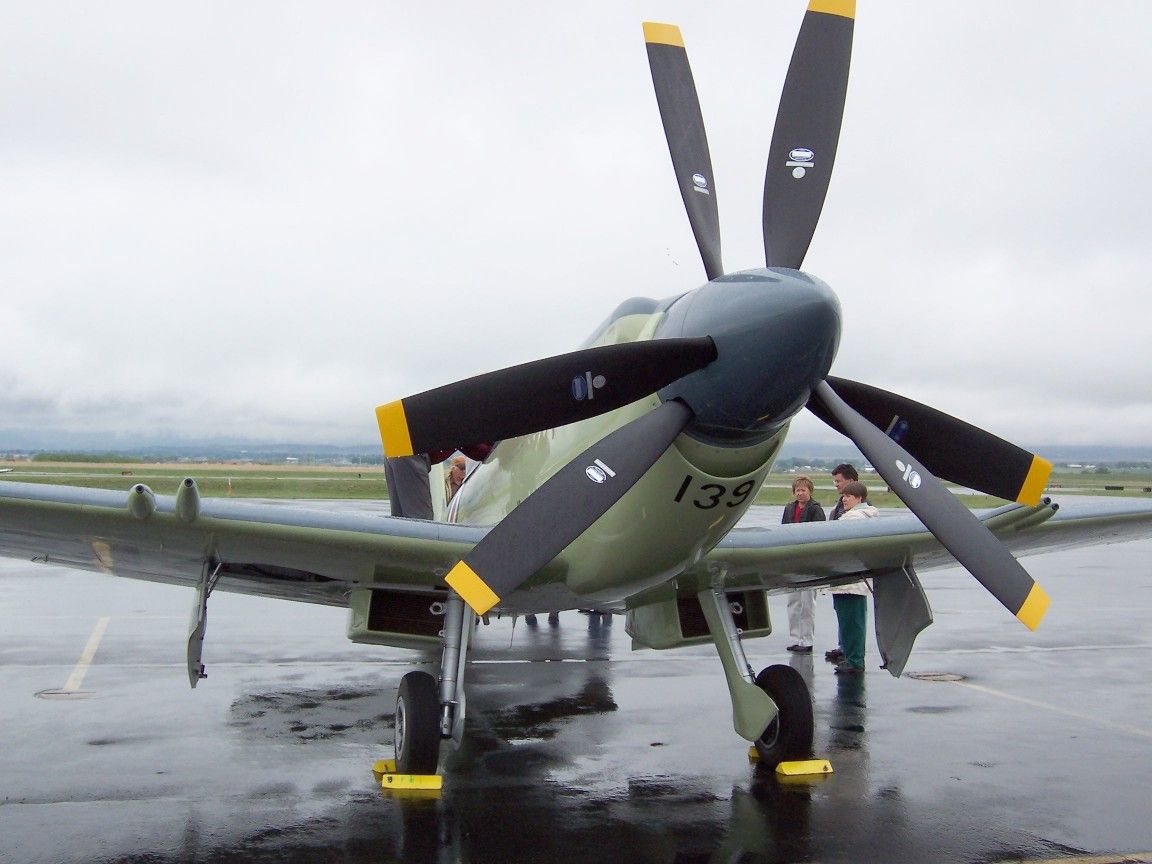
The service of the Supermarine Seafire came to an end back in the 1950s and was replaced by the Hawker Sea Fury.
Birth of Supermarine Seafire from Supermarine Spitfire:-
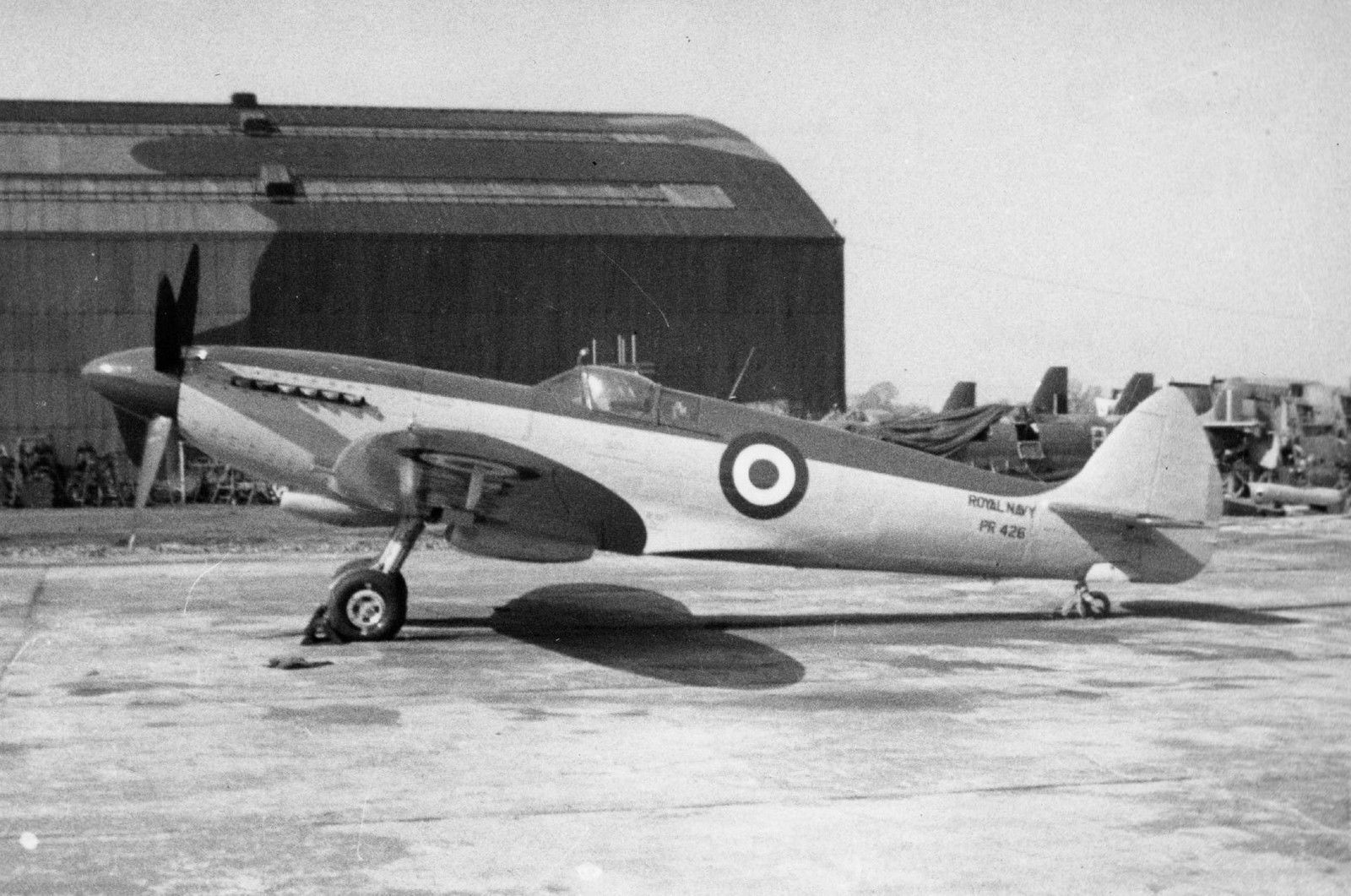
After the land-based fighter aircraft named Hawker Hurricane was adapted successfully as a carrier-based aircraft named Sea Hurricane, the Admiralty of the Royal British navy also proposed the adaption of the Supermarine Spitfire into a carrier-based Supermarine Seafire. Prior to the emergence of the Supermarine Seafire, the FAA operated the carrier-based aircraft like the Grumman Wildcat and the Fairey Fulmar. Despite the proposition for the Supermarine Seafire presented back in 1938, it was met with strong opposition form notable higher-ups including Winston Churchill.

The very first of the modified Supermarine Spitfire later known to be the Supermarine Seafire was presented for a trial back in 1941 aboard the HMS’s deck. Te aircraft were entered in the service in the year 1942 and nearly 48 units of the Supermarine Spitfire were modified with an order for the delivery of 114 more.
Powerplant:-
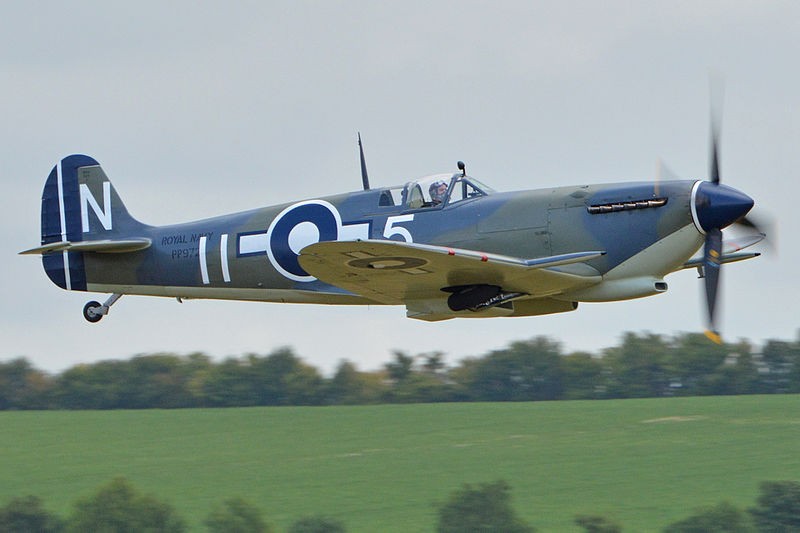
The Supermarine Seafire was powered by a single Rolls Royce Merlin 45, 50 or the 55 V-12 liquid-cooled and inline position engine. This engine generated power of 1600 HP which was used for driving the 4-bladed propeller unit on the aircraft’s nose. This allowed for the Supermarine Seafire to fly at a top speed of almost 350 mph with a ferry range being about 533 miles. The maximum service ceiling of the Supermarine Seafire was about 24000 feet which it achieved with a climbing rate of about 5000 feet per minute.
Armaments:-
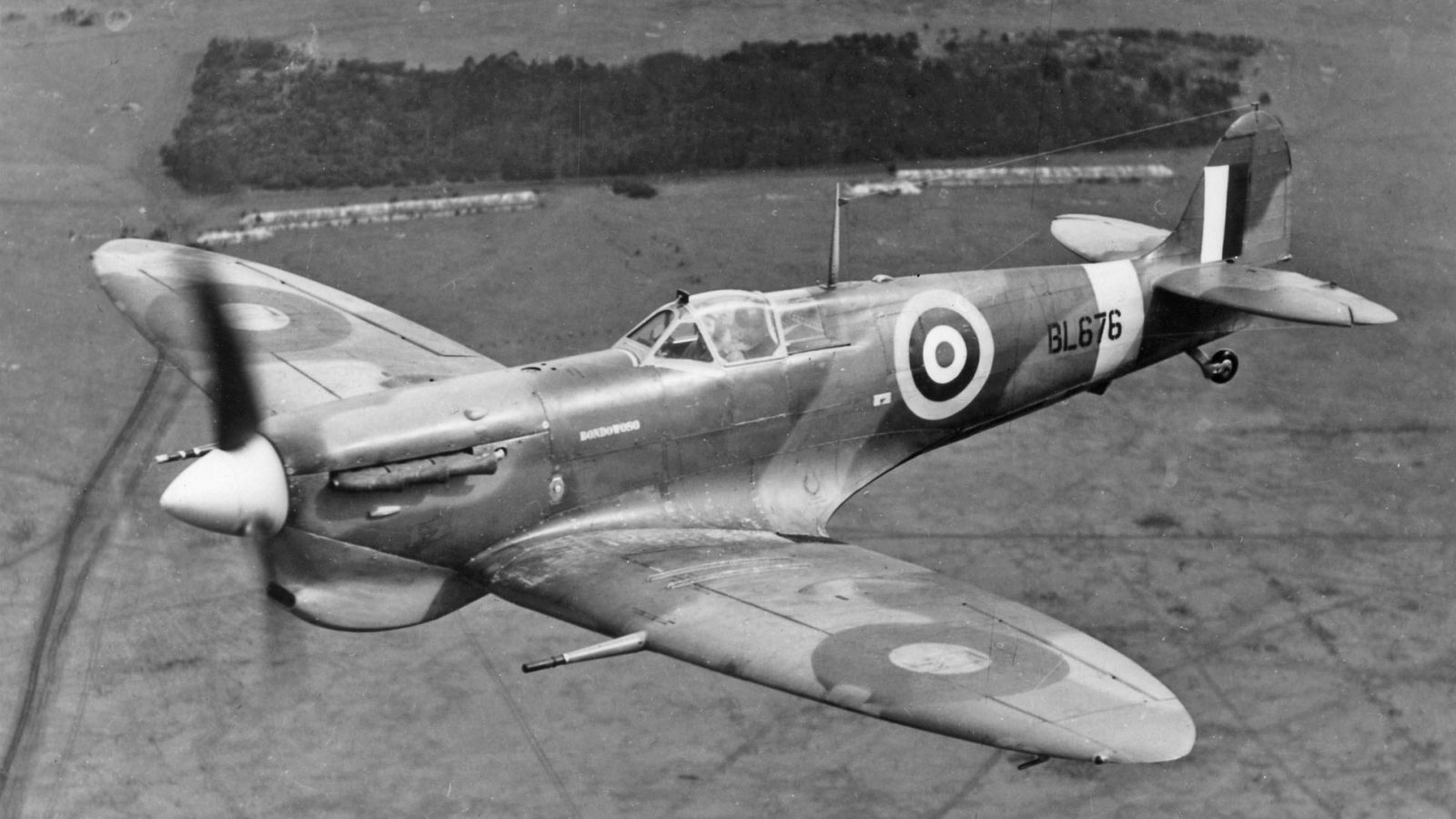
The aircraft was fitted with all kinds of mission-specific armaments while the standard armament configuration of the Supermarine Seafire included the 2 of the 20mm Hispano cannons and 4 of the 7.7mm Browning machine guns on the aircraft wings. In some models of the Supermarine Seafire, these machine guns were replaced with 2 more Hispano 20mm canons.
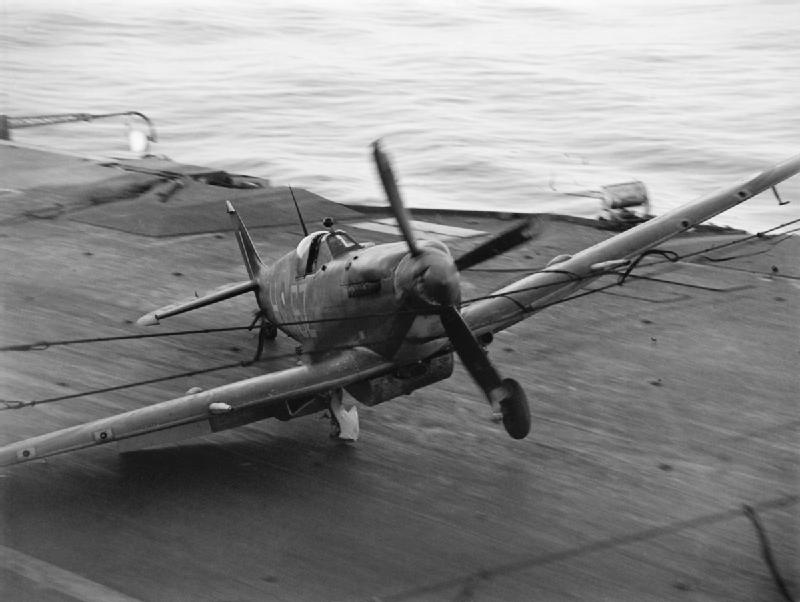
The aircraft had an external load-bearing capacity of about 4200lbs which was utilized for equipping the aircraft with mission-specific munitions. The aircraft were often equipped with the following of the munitions for its varying missions.
- 2 of the 500lbs each bomb
- 1 500lbs bomb under the aircraft’s centerline
- 8 of the 60lbs of high explosive air-to-surface rockets
- 1 fuel tank under the fuselage
- 2 fuel tanks under the wings
Supermarine Seafire launched into Allied Operations:-

After entering the service with Royal Navy’s FAA (Fleet Air Arm) they were launched to serve in the Allied mission named Operation Torch in November of 1942 that was held in North Africa. From thereon, the Supermarine Seafire aircraft proved their worth in the regions like Southern Europe and Salerno and also in the French airspaces.
The aircraft went on to provide exceptional service for the Allied Forces in the Mediterranean war theater as also during the final days of World War II.
Best Day for Supermarine Seafire during World War II:-
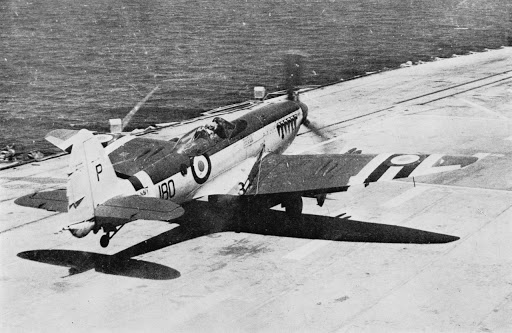
The best combat day for the Supermarine Seafire was back on August 15th, 1945 when a squadron of the Supermarine Seafires shot down 8 of the enemy aircraft while losing only one of their own. During the entire World War II service, the squadron 887 NAS had 12 kills while the squadron 894 NAS had 10 kills. The top ace of the Supermarine Seafire was the pilot named Sub-Lieutenant R.H. Reynolds DSC of the 894 NAS who downed 5 of the enemy aircraft from the year 1944 to 1945.
Other Operators:-

The production of the Supermarine Seafire was started back in 1942 and it lasted well until 1949. Dring this production series, nearly 2334 of these Supermarine Seafires were manufactured and many were also exported to other world militaries. The names of the other operators of the Supermarine Seafire are France, Canada, and Ireland.
Retirement:-

The Supermarine Seafire went on to serve the FAA of the British Royal navy well until the early 1950s. the aircraft was replaced by the FAA’s last piston-engine powered fighter named Hawker Sea Fury as well as many of the first generation of the jet-propelled fighters like Supermarine Attacker, Hawker Sea Hawk, and de Havilland Vampire.
Last surviving Supermarine Seafire:-

There is only one surviving Supermarine Seafire that remains from the World War II era and it has been placed in Fortine, Montana at the Stonehenge Air Museum on the display.
Related Content
Lockheed P2V Neptune; The ASW (Anti-Submarine Warfare) Aircraft of US Navy
Northrop F-89 Scorpion: The First Jet-Powered Interceptor Of USAF
Vought F4U Corsair: The US Navy’s Equal of Japanese Mitsubishi A6M Zero




